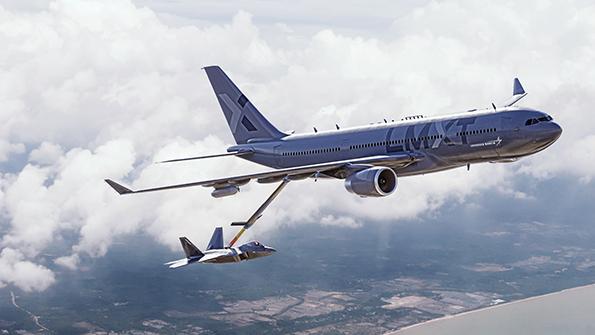
Credit: Lockheed Martin
Lockheed Martin’s entrant in the U.S. Air Force’s KC-Y “bridge tanker” program would be assembled in Mobile, Alabama, and missionized in Marietta, Georgia, should it win the award, and the company expects requirements to be outlined in a draft request for proposals (RFP) this year. The LMXT, a...
Subscription Required
This content requires a subscription to one of the Aviation Week Intelligence Network (AWIN) bundles.
Schedule a demo today to find out how you can access this content and similar content related to your area of the global aviation industry.
Already an AWIN subscriber? Login
Did you know? Aviation Week has won top honors multiple times in the Jesse H. Neal National Business Journalism Awards, the business-to-business media equivalent of the Pulitzer Prizes.
